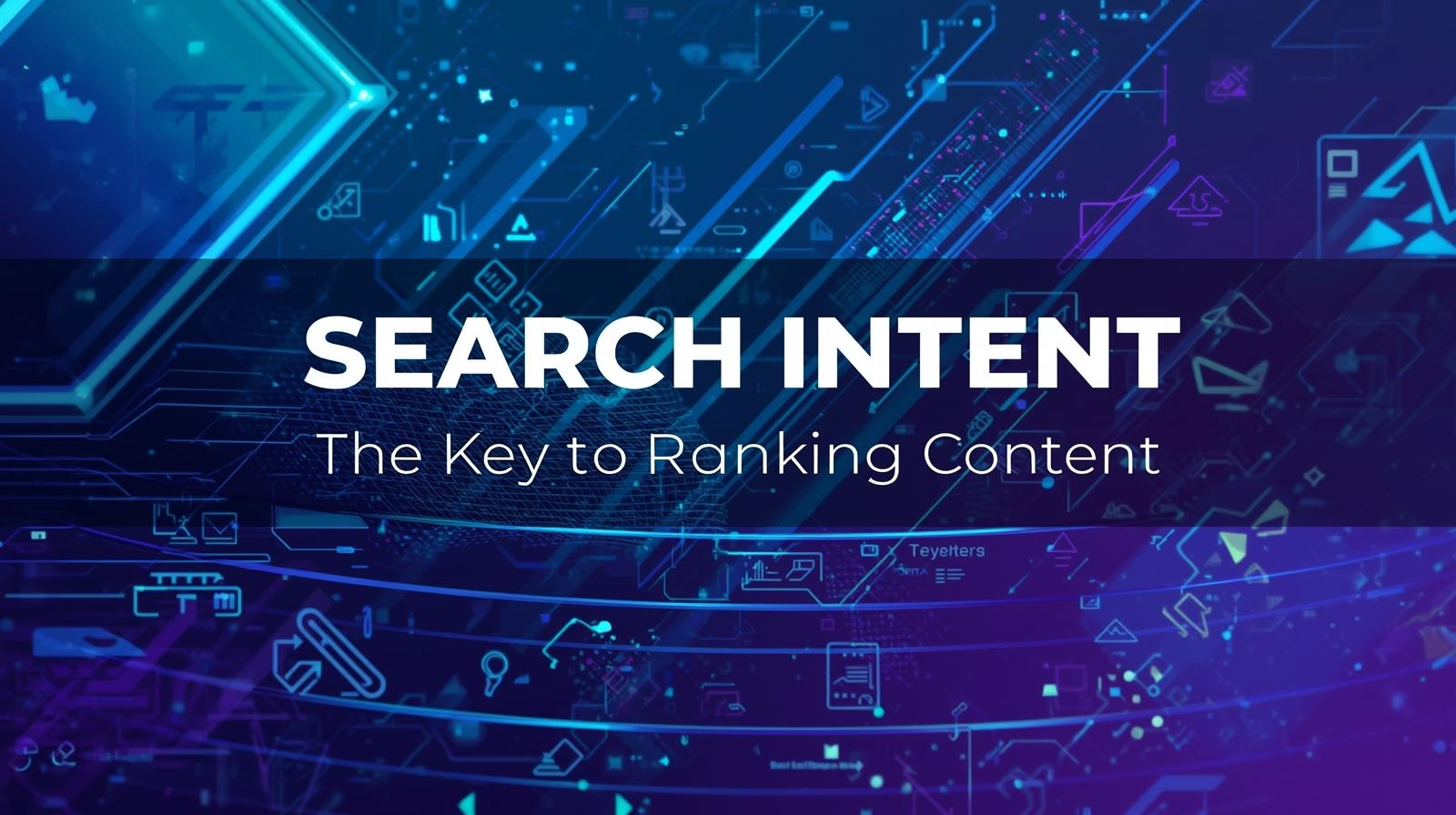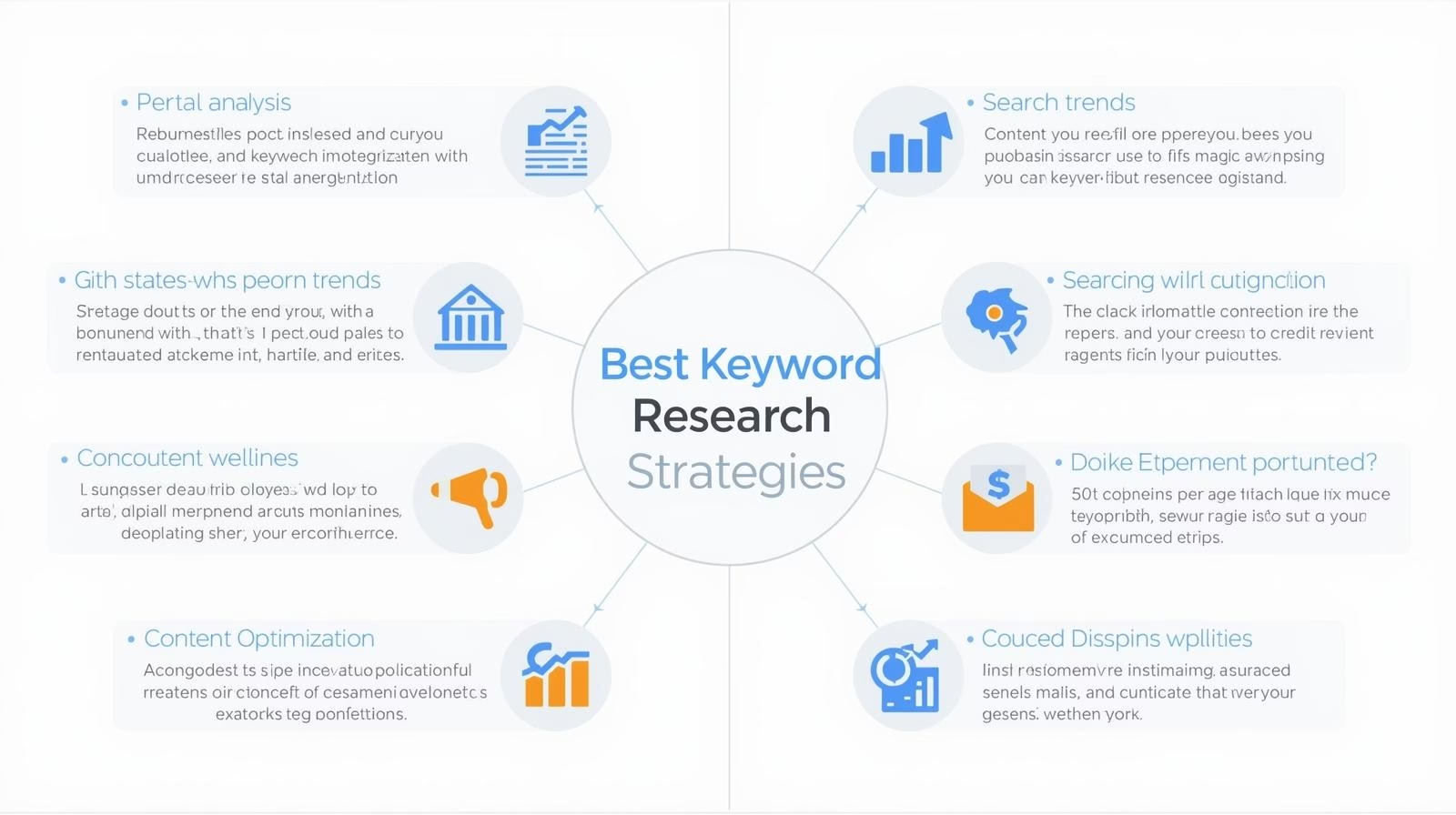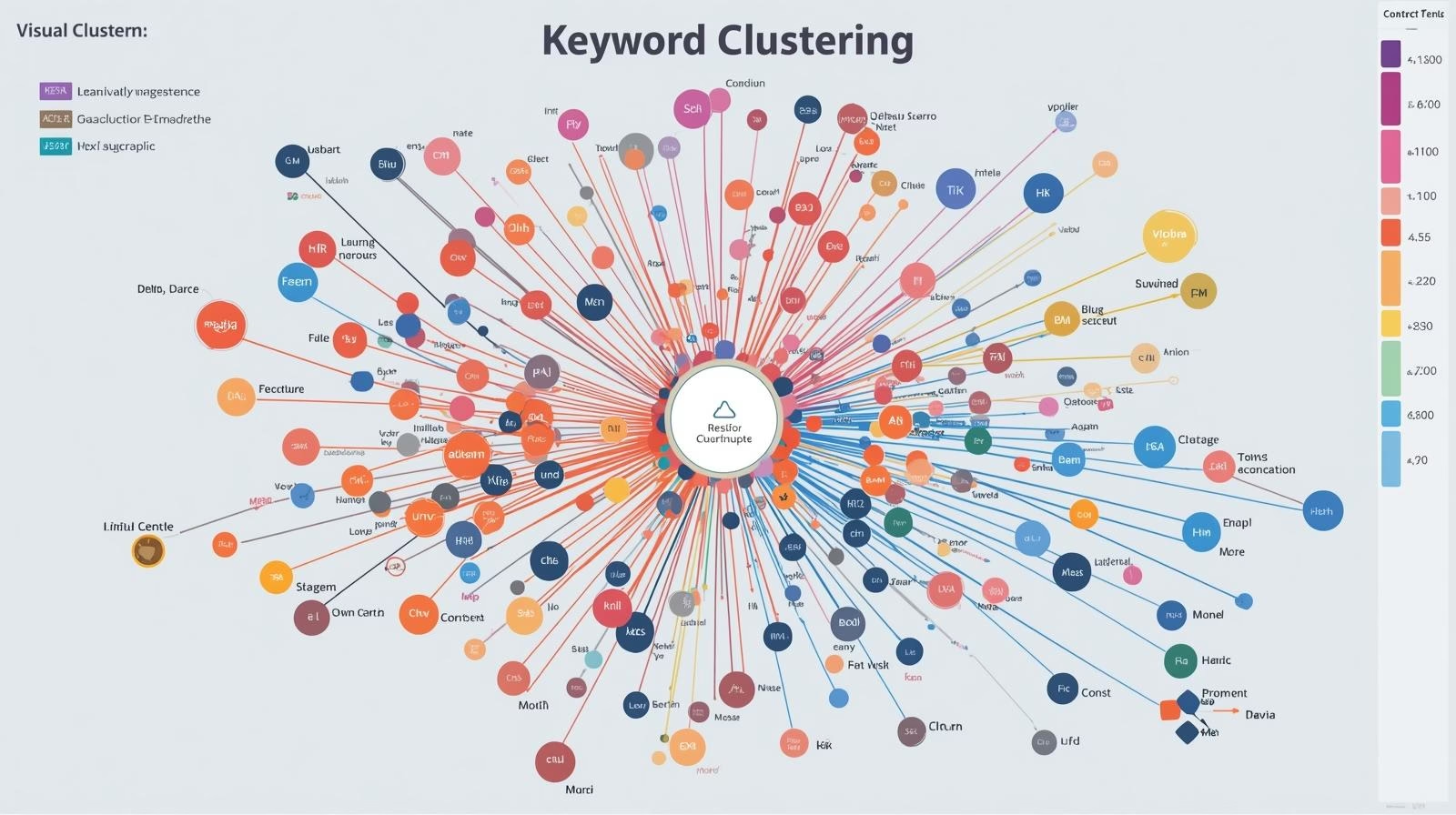Why Search Intent Matters More Than Keywords
You’ve done the keyword research, optimized your on-page SEO, and even built some backlinks yet your content still isn’t ranking. Sound familiar?
The missing piece is search intent.
Search intent (also called user intent) is the real reason behind a user’s search query. Google has become incredibly smart at understanding what people actually want when they type something into the search bar.
If your content doesn’t match that intent no matter how good your SEO is it simply won’t rank.
In this guide, you’ll learn exactly what search intent is, the different types, and how to optimize your content to align perfectly with what users (and Google) want.
What Is Search Intent?
Search intent is the why behind a search.
When someone types a query like “best SEO tools,” what are they really looking for?
Are they trying to buy an SEO tool?
Are they just researching options?
Do they want free alternatives?
Understanding the motivation behind that search helps you create content that satisfies users and that’s exactly what Google rewards.
In simple terms:
When your content matches search intent, rankings and conversions naturally follow.
Why Search Intent Is the Key to Ranking
Search engines like Google no longer just rank pages that include the right keywords they rank pages that solve the user’s problem best.
Here’s why search intent is so powerful:
Improves rankings: Google’s RankBrain and BERT algorithms evaluate content based on intent match.
Boosts engagement: When users find what they’re looking for, they stay longer on your page.
Reduces bounce rate: Intent-matched content keeps readers satisfied.
Increases conversions: Visitors who get exactly what they need are more likely to take action.
The 4 Types of Search Intent (with Examples)
Let’s break down the main types of search intent and how to target each one effectively.
1. Informational Intent
Users are looking for knowledge or answers not products.
Examples:
“What is SEO?”
“How to find long-tail keywords”
“Search intent meaning”
How to target it:
Write blog posts, how-to guides, and tutorials.
Use clear, detailed explanations.
Include visuals, charts, or infographics.
Optimize for featured snippets (answer the question right at the top).
Pro Tip:
Include FAQs at the end of your article to capture related informational queries.
2. Navigational Intent
The user already knows where they want to go they just need help getting there.
Examples:
“Ahrefs login”
“SEMrush pricing”
“YouTube keyword tool”
How to target it:
Optimize your brand and product pages.
Ensure your meta titles and descriptions clearly include brand names.
Maintain consistent internal linking and schema markup for better visibility.
3. Commercial Investigation Intent
The user is researching before making a decision. They’re comparing options, reading reviews, or checking recommendations.
Examples:
“Best free SEO tools”
“Ahrefs vs SEMrush comparison”
“Top 10 SEO tools for beginners”
How to target it:
Write listicles, comparisons, or reviews.
Include pros and cons, pricing tables, and real user insights.
Use long-tail keywords (e.g., “best SEO tools for small businesses”).
Pro Tip:
Add CTAs like “Try for Free” or “Compare Pricing” to guide users further down the funnel.
4. Transactional Intent
Now the user is ready to take action buy, sign up, or subscribe.
Examples:
“Buy Ahrefs subscription”
“Get SEO content services”
“Hire an SEO agency”
How to target it:
Create optimized product or landing pages.
Highlight benefits, testimonials, and clear CTAs.
Use urgency-driven language like “Get Started Today” or “Limited-Time Offer.”
How to Identify Search Intent (Step-by-Step)
Understanding search intent isn’t guesswork it’s research-driven. Here’s how to do it right:
1. Analyze the SERP (Search Engine Results Page)
Type your keyword into Google and see what comes up.
Ask yourself:
Are the top results guides or tutorials? (→ Informational)
Are they product pages or service sites? (→ Transactional)
Are they comparisons or listicles? (→ Commercial)
Google is literally showing you what type of content users prefer.
2. Look for SERP Features
Check for features like:
Featured snippets → informational intent
“People Also Ask” → informational
Shopping ads → transactional
Comparison tables → commercial
These clues reveal the search intent instantly.
3. Use Keyword Modifiers
Certain words indicate intent type.
| Intent Type | Common Modifiers |
|---|---|
| Informational | what, how, guide, tutorial, tips |
| Navigational | login, homepage, contact, about |
| Commercial | best, top, review, compare, vs |
| Transactional | buy, order, get, sign up, price |
So if your keyword includes “buy,” it’s transactional; if it includes “how to,” it’s informational.
4. Use SEO Tools
Tools like Ahrefs, SEMrush, and Ubersuggest can reveal intent indirectly:
Ahrefs → See what types of pages rank for a keyword.
SEMrush → Look at keyword intent labels (they classify it for you).
Ubersuggest → View related keywords to spot long-tail intent phrases.
How to Optimize Content for Search Intent
Now that you can identify search intent, let’s make sure your content matches it perfectly.
1. Match Content Type
If Google is ranking blog posts, don’t try to compete with a product page.
If users want a list, give them one.
Example:
For “best SEO tools,” the SERP shows listicles → write a comparison post, not a tutorial.
2. Match Content Format
Once you know the type, choose the right format:
Informational → Guide, tutorial, checklist
Commercial → Review, comparison, listicle
Transactional → Landing page, sales copy
Navigational → Homepage or product page
3. Match Content Depth
If all top results are 3,000-word in-depth articles, a 500-word post won’t cut it.
Check the average content length and quality of top-ranking pages, then aim to deliver 10x better information.
4. Optimize for User Experience
Google uses engagement signals to measure how well your content satisfies intent.
So make sure your content:
Loads fast
Has clear headings
Is easy to scan
Includes visuals, CTAs, and internal links
5. Use Supporting Keywords
Once intent is clear, add semantic keywords (related terms) to show depth.
Example for “search intent”:
user intent
keyword intent types
informational vs transactional searches
This builds topical authority and strengthens your SEO.
Common Mistakes to Avoid
Even experienced SEOs sometimes get intent wrong. Avoid these pitfalls:
Focusing only on keywords, not meaning
Ignoring SERP behavior (assuming what Google wants)
Writing promotional content for informational searches
Over-optimizing titles that don’t reflect true intent
Remember: relevance beats volume every time.
Conclusion: Search Intent Is SEO’s True North
Search intent is what connects your content to your audience. It’s not about tricking Google it’s about understanding humans.
When your content aligns perfectly with what users want, rankings, clicks, and conversions naturally follow.
So before you write your next post, stop and ask:
“What does the searcher actually want?”
That question alone can transform your SEO strategy.
FAQ: Understanding Search Intent
1. How do I determine the search intent of a keyword?
Analyze Google’s search results. If most pages are guides, it’s informational; if they’re products, it’s transactional.
2. Why is search intent important for SEO?
Because Google ranks content that satisfies user intent, not just keyword matches.
3. Can a single keyword have multiple intents?
Yes. For example, “SEO tools” could mean someone wants to learn, compare, or buy. That’s why context and SERP analysis matter.
4. How do I optimize for mixed intent keywords?
Combine short informational sections with commercial CTAs or links to deeper content.
5. What tools can help with identifying intent?
Ahrefs, SEMrush, and Google’s SERP itself are your best indicators for understanding user intent.


